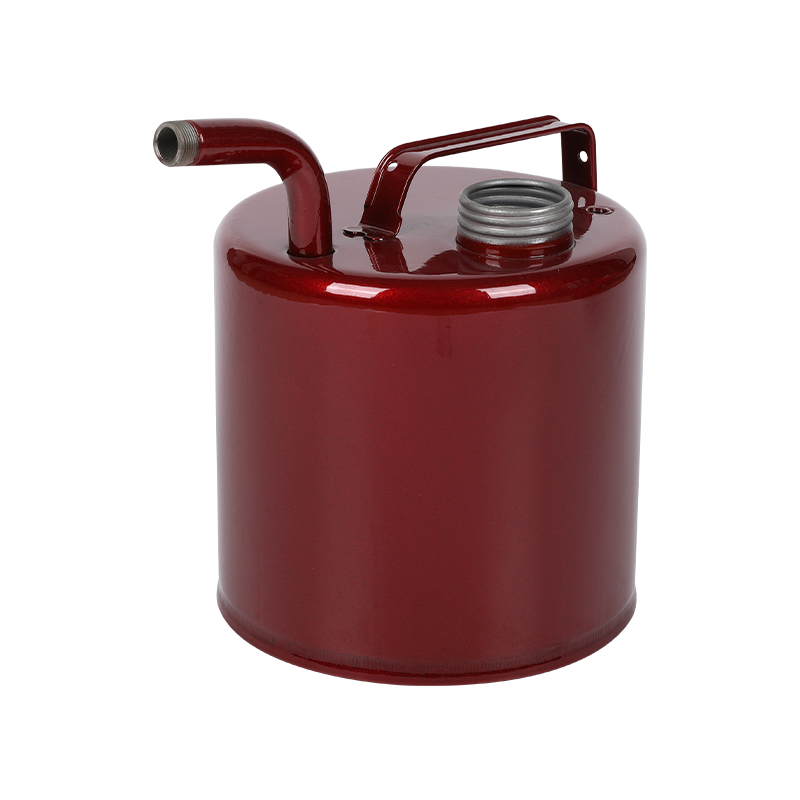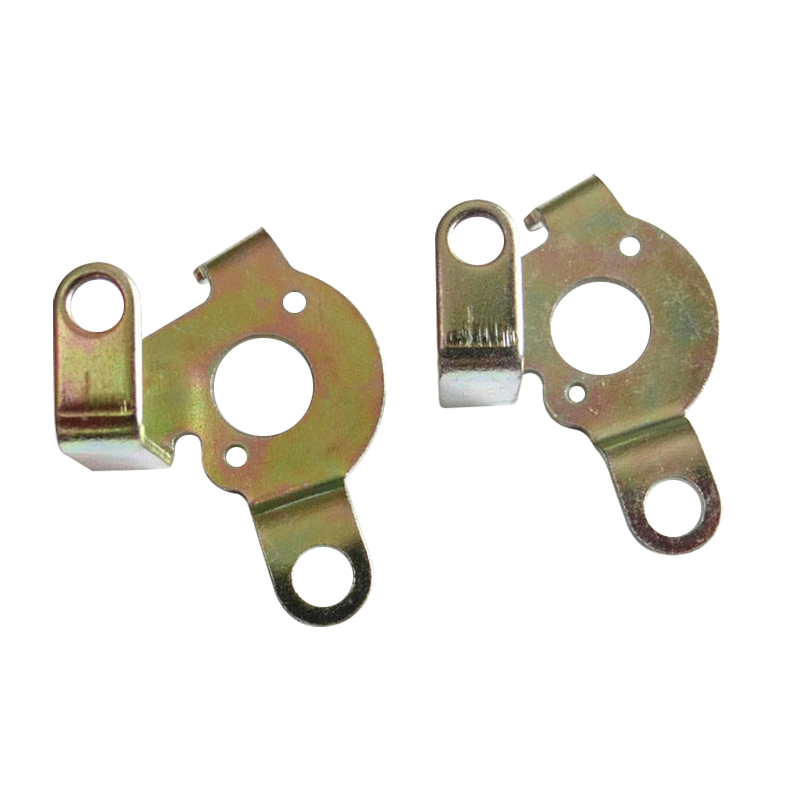The production steps of sheet metal medical shells can vary depending on the specific design and manufacturing processes employed. However, here is a general outline of the production steps involved:
Design and Engineering: The first step is to design the medical shell based on the specific requirements and functionality. This involves working closely with design engineers and medical professionals to develop a 3D model or technical drawings of the shell. Computer-aided design (CAD) software is often used in this stage.
Material Selection: Determine the appropriate sheet metal material for the medical shell based on factors such as strength, durability, corrosion resistance, and regulatory requirements. Common materials include stainless steel, aluminum, and titanium.
Material Preparation: The selected sheet metal material is obtained in the form of flat sheets or coils. The material is then inspected for any defects or imperfections and prepared for the fabrication process. This may involve cutting the sheet into specific sizes or shapes.
Fabrication Techniques:Laser Cutting: Laser cutting is often used to precisely cut the sheet metal according to the design specifications. The laser creates a focused beam of high-intensity light that melts or vaporizes the material along the cutting path.Bending and Forming: Bending and forming processes are used to shape the sheet metal into the desired contours and dimensions. This is typically done using press brakes or specialized bending machines.Welding and Joining: If required, sheet metal components may be joined together through welding techniques, such as spot welding or TIG welding. Welding ensures structural integrity and creates strong and durable connections between the metal pieces.Surface Treatment: Surface treatments, such as polishing, grinding, or deburring, may be performed to remove sharp edges, improve the aesthetics, and prepare the shell for subsequent finishing processes.Finishing: Various finishing processes can be applied to the medical shell, including cleaning, deburring, sanding, and surface coatin.These processes enhance the surface finish, remove any imperfections, and provide protection against corrosion or staining.
Quality Control: Throughout the production process, quality control measures are implemented to ensure the medical shells meet the required specifications and standards. This includes inspection and measurement of the fabricated components, adherence to regulatory requirements, and verification of dimensional accuracy and surface finish.
Assembly and Packaging: Once the sheet metal components are fabricated and finished, they may undergo assembly processes where additional parts, such as hinges, locks, or fasteners, are attached. The assembled medical shells are then carefully packaged to protect them during transportation and storage.
It's important to note that these steps provide a general overview of the production process, and the specific steps and order may vary depending on the complexity of the medical shell, the chosen materials, and the manufacturing capabilities of the facility. Collaboration with experienced sheet metal fabricators and adherence to regulatory guidelines is crucial to ensure the production of high-quality and compliant medical shells.
Web Menu
Product Search
Exit Menu
How to make sheet metal medical shells
Related Products


Junhu machinery as China Wholesale OEM/ODM Sheet Metal Shell,Sheet Metal Enclosure Factory, is specializing in the research and development, design, production, sales and technical support of sheet metal fabrication.
PRODUCTS
CONTACT INFOR.
E-mail:puweilai@vip.sina.com
Phone:+86-13961225159
Tel:+86-0519-83760065
Fax:+86-0519-83760075
Huangli town, wujin District of changzhou City in Jiangsu Province china. POST CODE:215126
 English
English русский
русский Deutsche
Deutsche











